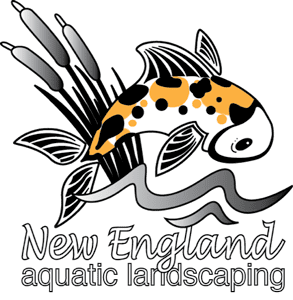Ponds have long been a symbol of tranquility, beauty, and harmony. Whether it’s a small oasis in a backyard or a sprawling waterscape in a public garden, ponds have a unique way of drawing people in and offering a moment of peace in our busy lives. But have you ever stopped to think about the intricacies of pond building? Let’s dive into the world of creating these serene water features.
1. The Vision Behind Every Pond
Every pond starts with a vision. Some envision a quiet corner to read beside, while others dream of a lively koi pond teeming with life. The first step in pond building is understanding the purpose of the pond. Is it purely aesthetic? Or perhaps it’s meant to support aquatic life? Knowing the purpose helps in designing the perfect pond.
2. Location, Location, Location
Just like in real estate, location is crucial in pond building. A pond needs a balance of sunlight and shade. Too much sunlight, and you might have an algae problem. Too little, and your aquatic plants might suffer. The location also affects the pond’s health, maintenance, and overall lifespan.
3. Digging Deep (or Shallow)
The depth of a pond is more than just a design choice. It affects the pond’s temperature, how well it supports aquatic life, and its maintenance needs. For instance, if you’re in a colder climate and want fish in your pond, you’ll need to ensure it’s deep enough so it doesn’t freeze solid in winter.
4. Filtration and Circulation
Water clarity and quality are paramount in pond building. A good filtration system removes debris and excess nutrients, preventing problems like murky water and algae blooms. Circulation, on the other hand, ensures that water moves continuously, providing oxygen and preventing stagnation.
5. The Living Pond
For those who want a living pond, selecting the right aquatic plants and fish is essential. Plants not only add beauty but also help balance the pond’s ecosystem by absorbing excess nutrients. Fish, especially koi, can be both decorative and functional, as they feed on mosquito larvae and other pests.
6. Finishing Touches
The final touches in pond building often make the most significant difference. This could be a waterfall, a bridge, or even underwater lighting. These elements enhance the pond’s beauty and make it uniquely yours.
Pond building is a blend of art and science. It’s about creating a harmonious ecosystem that’s both beautiful to look at and sustainable in the long run. At New England Aquatic Landscaping, we pride ourselves on crafting ponds that stand the test of time and bring endless joy to our clients.
If you’re considering adding a pond to your space, remember that it’s more than just digging a hole and filling it with water. It’s about creating a slice of nature that resonates with your soul. And when you’re ready to take the plunge, we’re here to guide you every step of the way.




